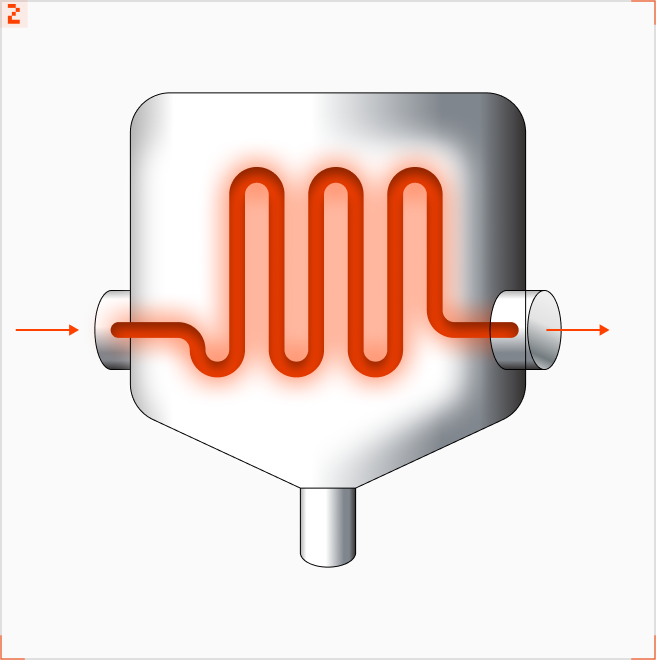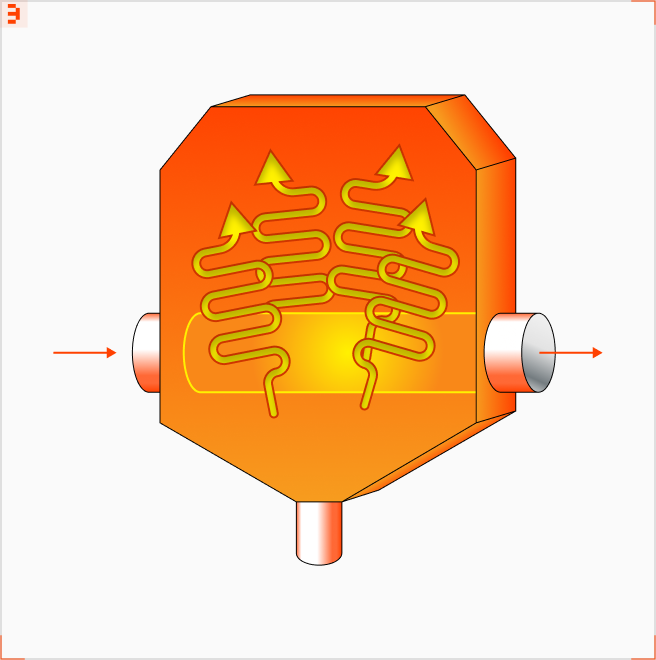Aramid is a superfiber
that is resistant to fire,
bullets, and extreme loads!
-
x5 STRONGER
Incredible strength — 5 times stronger than steel at the same weight! -
+500°C
Fire resistance — withstands temperatures up to +500°C without melting. -
Lightweight and flexible
Despite its incredible strength, it remains easy to process. -
Chemical resistance
Does not degrade under the influence of acids, alkalis, and solvents.
Applications
and Industries

Ballistics
Aramid fibers are used in bulletproof vests and protective gear for the military, police, and emergency services —
providing high strength with low weight.

Aviation and Space
Aramid is used in the fuselage and protective elements of aircraft — making structures lighter and stronger, enhancing
safety and efficiency.
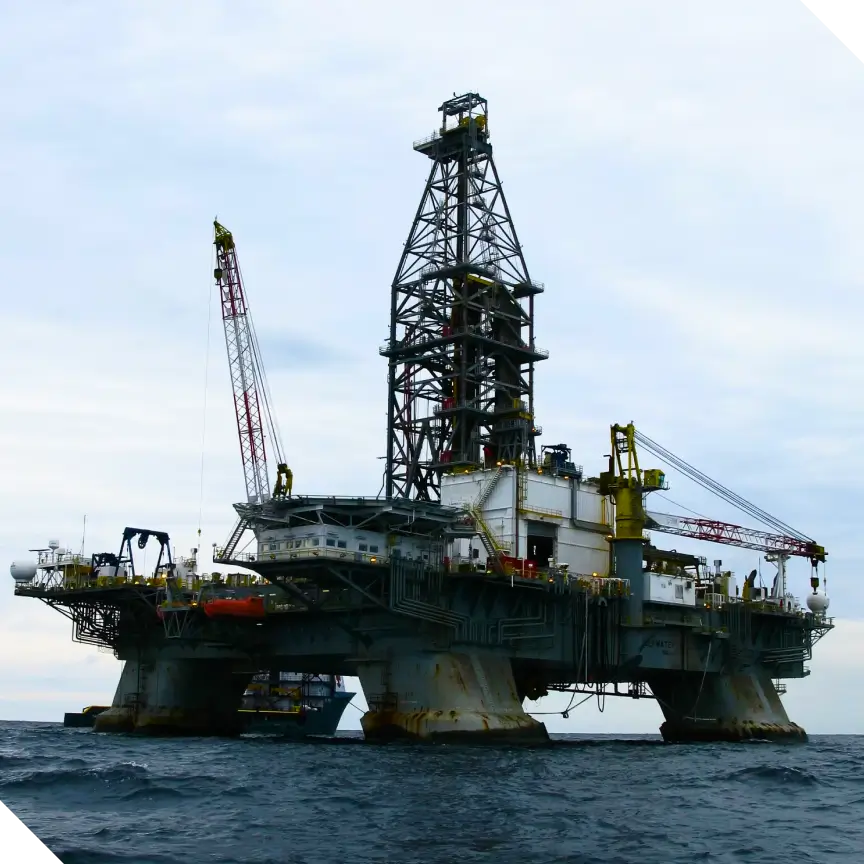
Marine Operations
Aramid ropes, cables, and pipelines are resistant to moisture, oils, and chemicals — they are reliable and withstand
extreme conditions.

Automotive Industry
Our aramid materials are used in the production of reinforced tires and brake pads — combining strength, durability, and
lightweight properties.

Telecommunications
Aramid is the ideal material for reinforcing fiber optic cables: it enhances their strength, flexibility, and resistance
to mechanical stress.
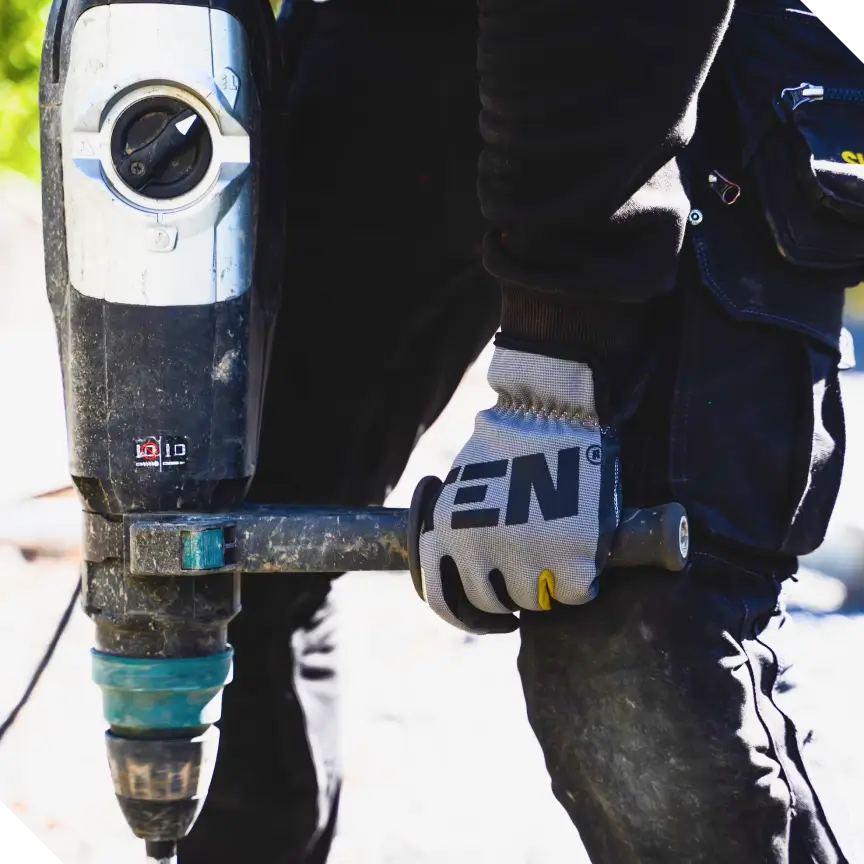
Workwear and Fire-Resistant Materials
We create materials that provide protection from fire, high temperatures, and chemicals — for workers, firefighters, and
rescuers in high-risk environments.
High Strength — Step by Step
Manufacturing Stages
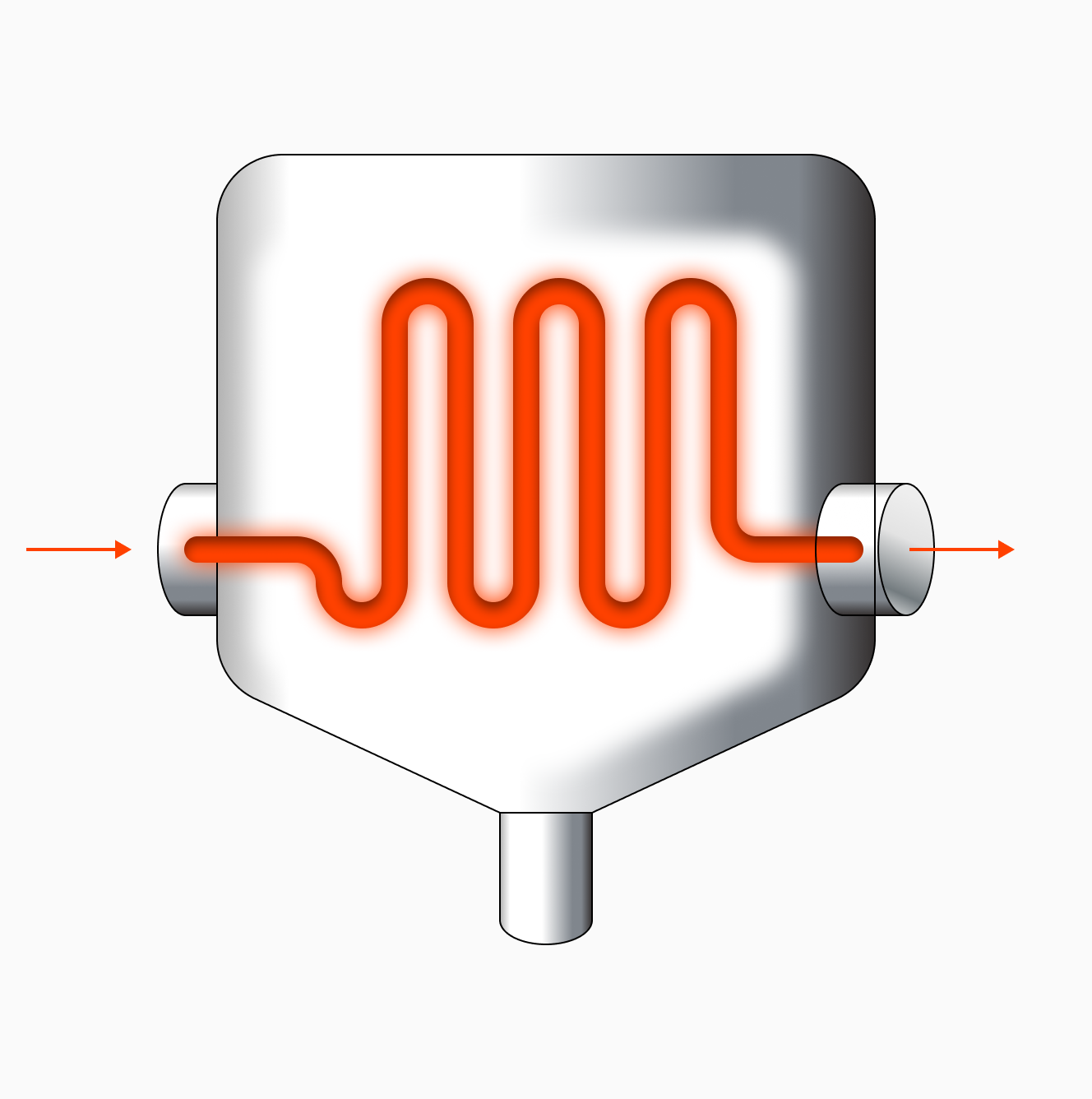
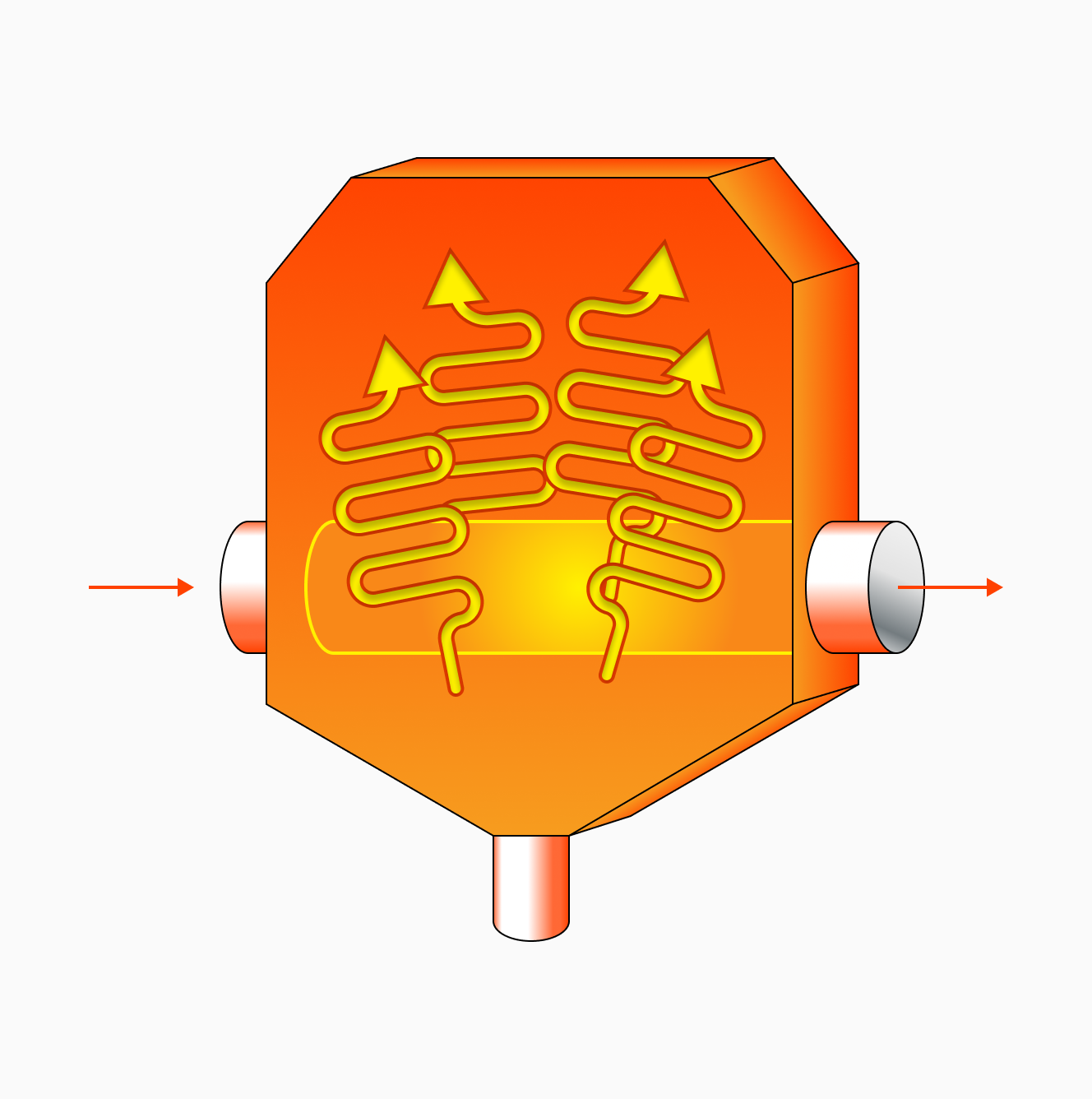
Polymer Synthesis
PPD and TPC form a liquid polymer in a solution (NMP).
Fiber Formation
The polymer is extruded through filters into an acid bath, washed, and neutralized.
Stretching and Heat Treatment
A temperature of 500-550°C aligns the molecules and increases strength.
Spinning and Twisting
The fibers are twisted into threads and impregnated if necessary, for example, to provide antistatic properties.
Quality Control
Testing for tensile strength, heat resistance, and chemical resistance.
